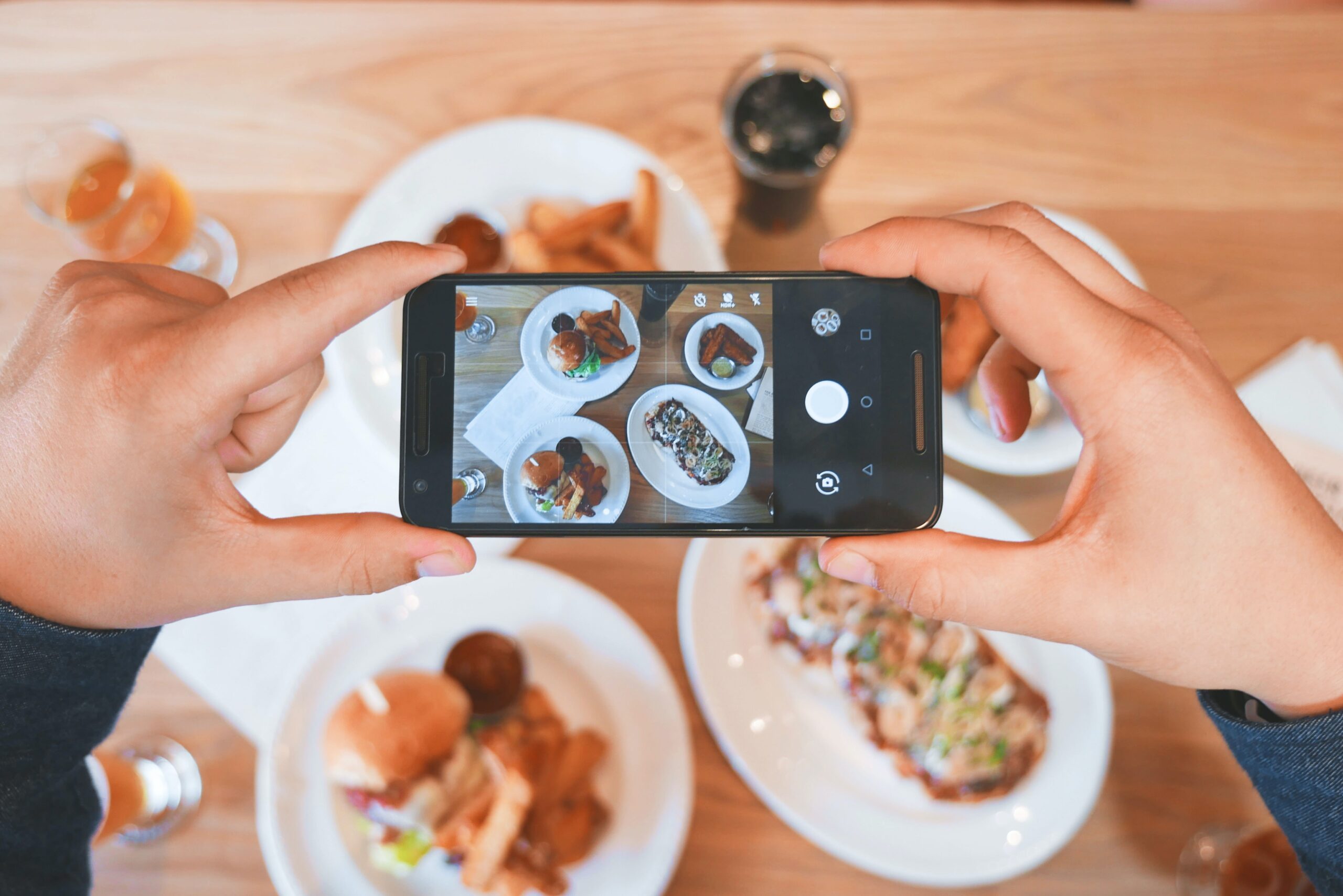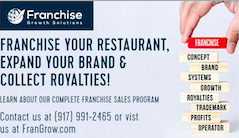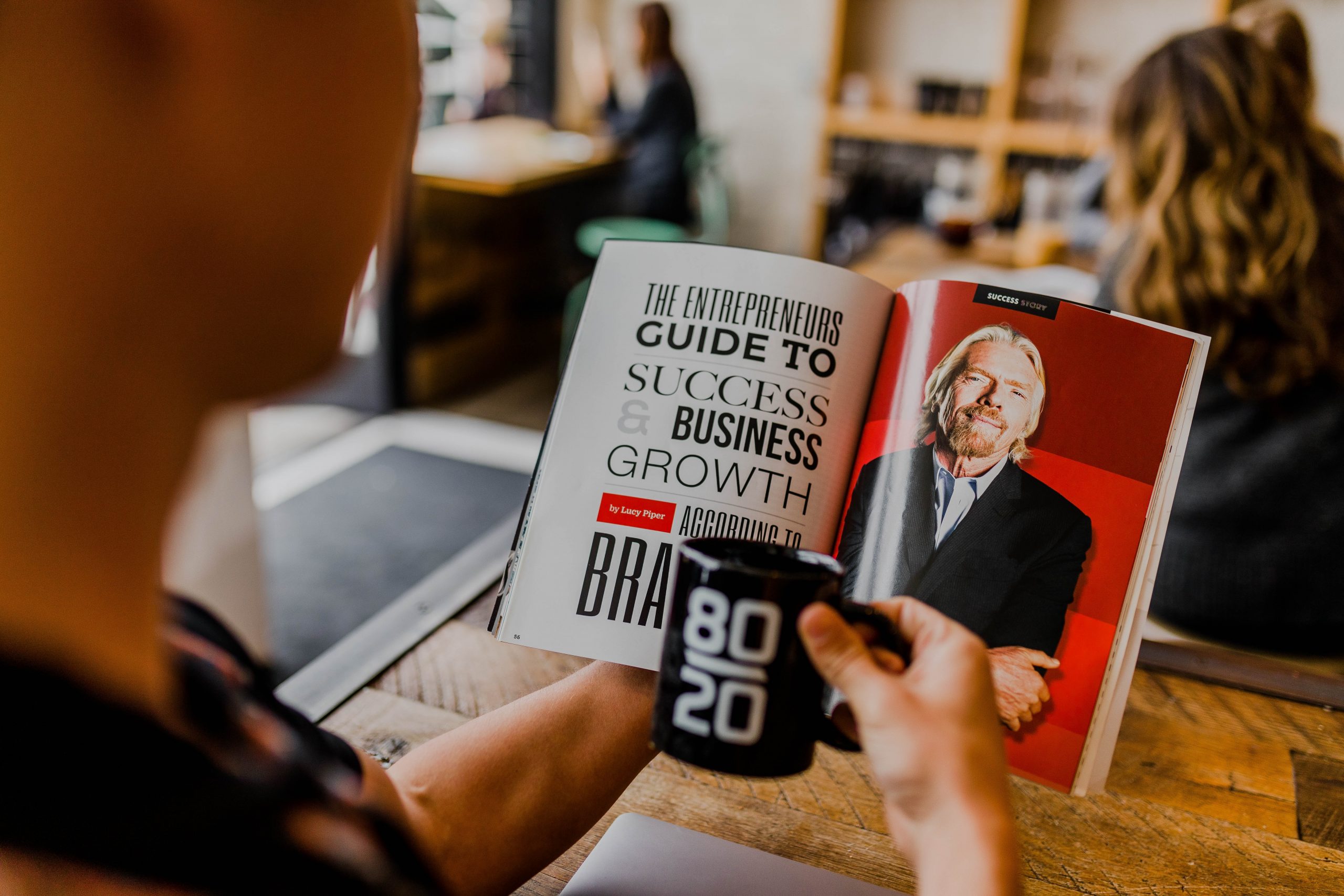Photo by Le Buzz Studio on Unsplash
A well-linked site is a well-ranked site. Including outbound links to relevant and authoritative websites boosts your SEO and enhances the user experience by providing additional valuable information. Similarly, getting other sites to link to yours can improve your search engine rankings and increase traffic.
4 Top Reasons To Refresh Your Website
Gary Occhiogrosso is the Founder of Franchise Growth Solutions,
As we all know, the digital realm is continuously evolving, and to keep pace with this rapid evolution, it’s essential to update and refresh your franchise’s website regularly. This isn’t just about keeping up with the latest web design trends; it’s about providing an optimal user experience, improving lead generation, and enhancing conversion rates.
Why is this so important? Here’s why:
Lead Generation: Your website is often the first point of contact potential franchisees have with your brand. An outdated site can give the impression that your business isn’t keeping up with the times. A refreshed and updated website attracts more visitors and converts those visitors into quality leads.
Conversion for Inquiries: An intuitive, easy-to-navigate, and modern website decreases bounce rates and encourages visitors to stay longer, thereby increasing the chances of conversion. It’s all about making it easy for a prospect to inquire – forms, contact information, and chatbots all play a part in this.
Using Video and Photos: A picture is worth a thousand words, and a video is worth even more! Including engaging multimedia content is a powerful way to tell your brand’s story, showcase your products/services, and engage with your audience in a meaningful way. Plus, multimedia boosts SEO, pushing your site up search engine rankings further!
Links to Other Websites: A well-linked site is a well-ranked site. Including outbound links to relevant and authoritative websites boosts your SEO and enhances the user experience by providing additional valuable information. Similarly, getting other sites to link to yours can improve your search engine rankings and increase traffic.
Remember, your website isn’t just an online brochure; it’s a dynamic platform that can be a powerful tool in your franchise development strategy. So don’t let it gather dust – keep it fresh, engaging, and on the cutting edge of digital trends.
++++++++++++++++++++++++++++++++++++
About the Author
Gary Occhiogrosso is the Founder of Franchise Growth Solutions, a co-operative based franchise development and sales firm. His proprietary “Coach, Mentor & Grow Program” focuses on helping Franchisors with their franchise development, strategic planning, advertising, selling franchises and guiding franchisors in raising growth capital.
Gary started his career in franchising as a franchisee of Dunkin Donuts before launching the Ranch *1 Franchise program. He is the former President of TRUFOODS, LLC a 100+ unit multi brand franchisor and former COO of Desert Moon Fresh Mexican Grille.
Gary was selected as “Top 25 Fast Casual Restaurant Executive in the USA” by Fast Casual Magazine as well as named Top 100 Franchise Influencers three years running.
In addition, Gary is an adjunct associate professor at New York University on the topic of Entrepreneurship and Franchising. He has published numerous articles on the topics of Franchising, Entrepreneurship, Sales and Marketing.
He was the host of the NYC’s “Small Business & Franchise Radio Show” and currently the host of the podcast “MasterMind Minutes.” Gary is also the publisher of the online magazine FranchiseMoneyMaker.com as well as a contributing writer for Forbes.com












